Great spotted woodpecker on Scots pine tree, Glenfeshie, Cairngorms National Park.
© Nature Picture Library/Alamy Stock Phot
Who’s this headbanger?
This black-and-white beauty is a great spotted woodpecker, one of three woodpecker species found in Britain. It is widespread in England and Wales, although this one is firmly gripping onto a Scots pine tree in Cairngorms National Park in the Highlands. With its zygodactyl feet, it is well equipped to do so. Two toes face backward and two forward while stiffened tail feathers also help its grip. Once it is firmly locked on, it can get to work doing what it does best - battering its beak against tree trunks - and telegraph poles - up to 40 times a second in a distinctive “drumming” display designed to repel rivals and find a mate.
All that headbanging would be enough to give other birds a migraine, but the great spotted woodpecker is blessed with powerful neck muscles and special padding around the bottom of its bill, which acts as a shock absorber. That beak also comes in useful for digging nesting holes in woods, parks and large gardens. At this time of year, when insects are fewer, it will visit peanut feeders in gardens to find food. To identify this striking bird, look out for its distinctive ‘bouncing’ flight and the sugar-lump size red patch males have on the back of their heads. It also boasts a long sticky tongue, which proves very handy for collecting insects from trees.
Related Images
Bing Today Images




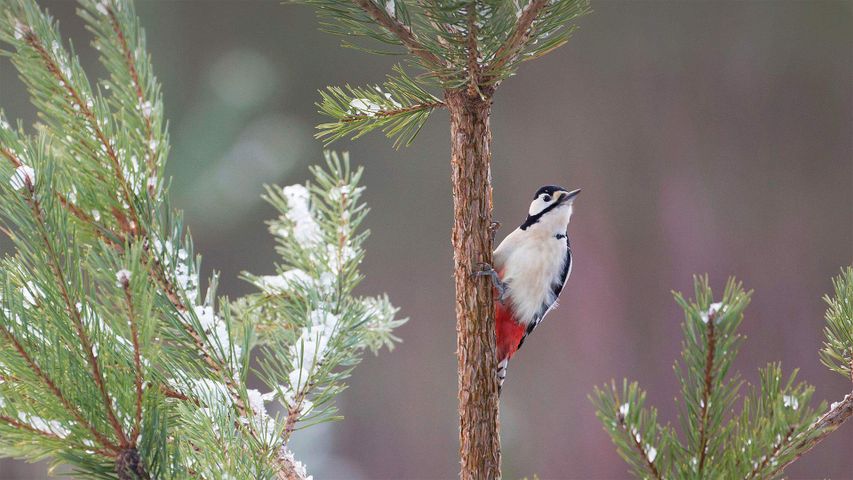
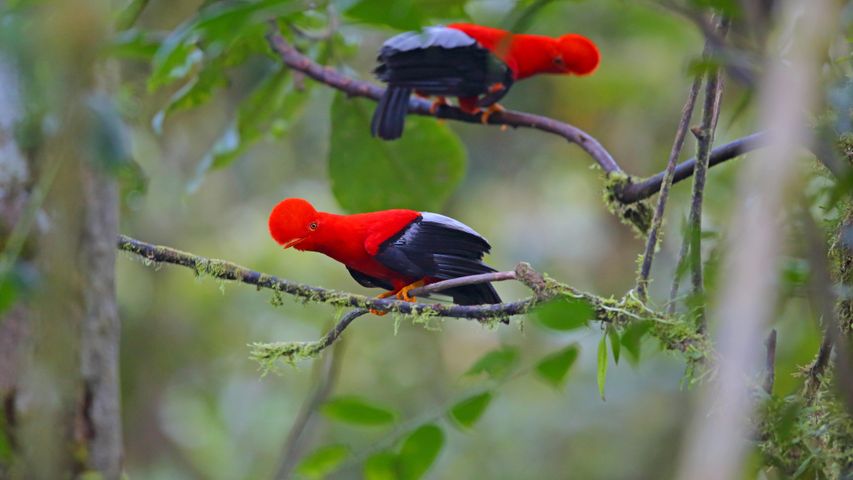 Andean cocks-of-the-rock, Ecuador
Andean cocks-of-the-rock, Ecuador
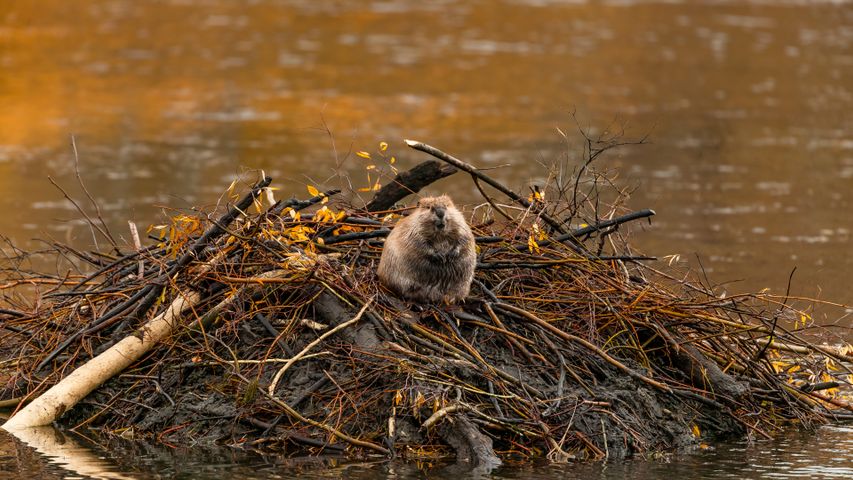 North American beaver, Moran, Wyoming, United States
North American beaver, Moran, Wyoming, United States
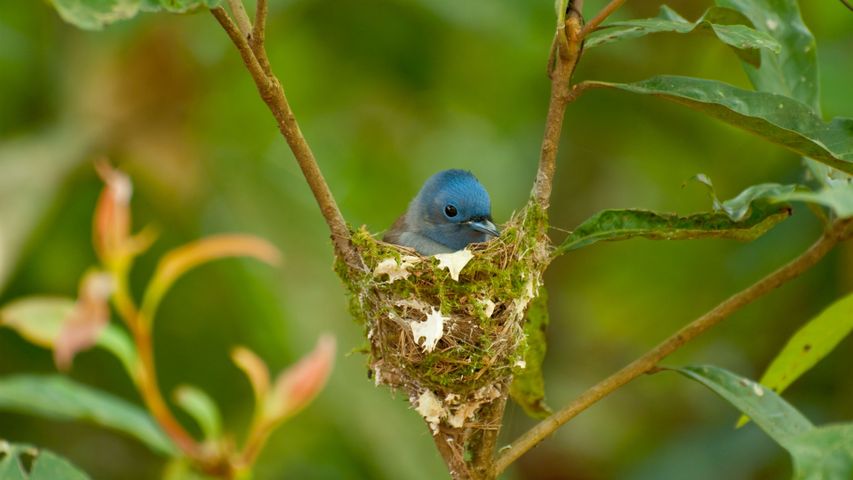 Female black-naped monarch nesting
Female black-naped monarch nesting
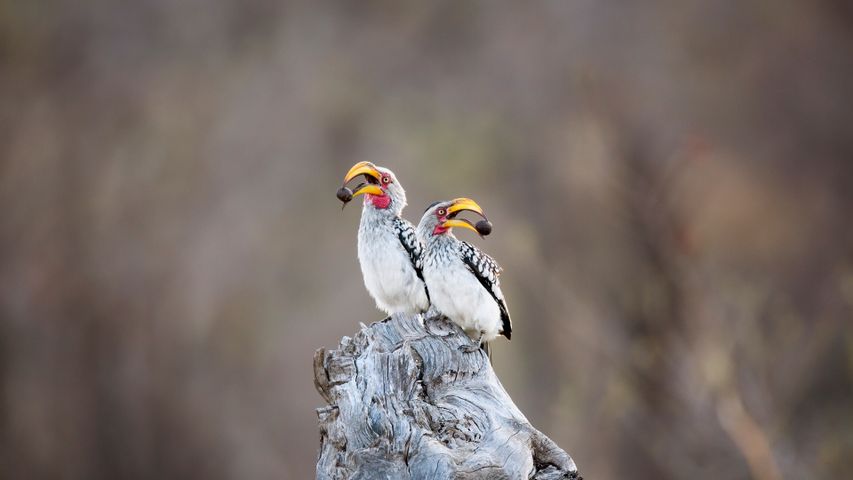 Southern yellow-billed hornbills in Kruger National Park, South Africa
Southern yellow-billed hornbills in Kruger National Park, South Africa
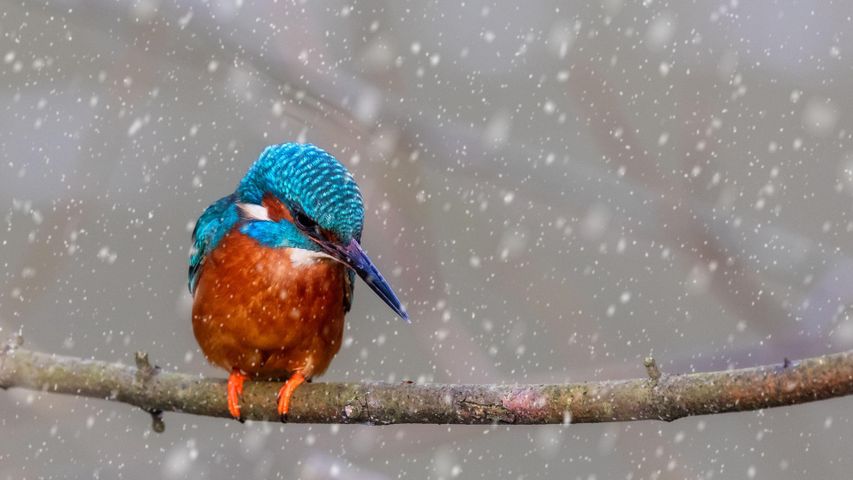 A kingfisher perched on a branch
A kingfisher perched on a branch
 Plum-headed parakeet at Shimoga, Karnataka, India
Plum-headed parakeet at Shimoga, Karnataka, India
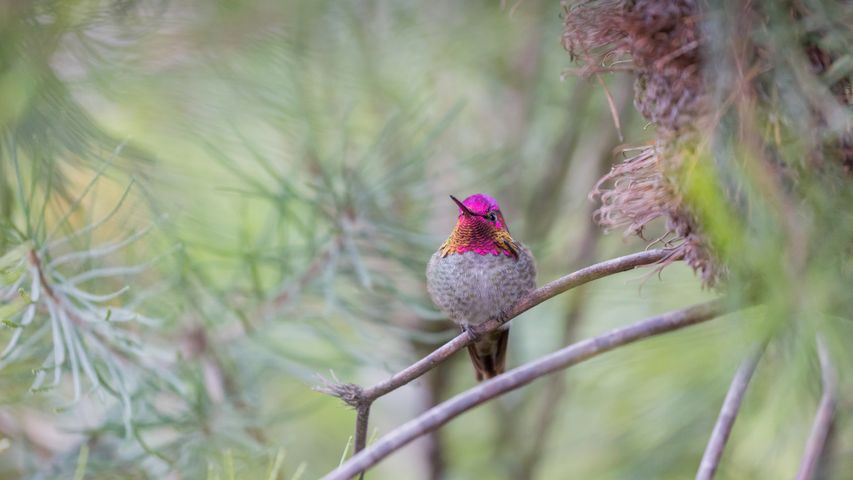 Anna's hummingbird, Santa Cruz, California, USA
Anna's hummingbird, Santa Cruz, California, USA
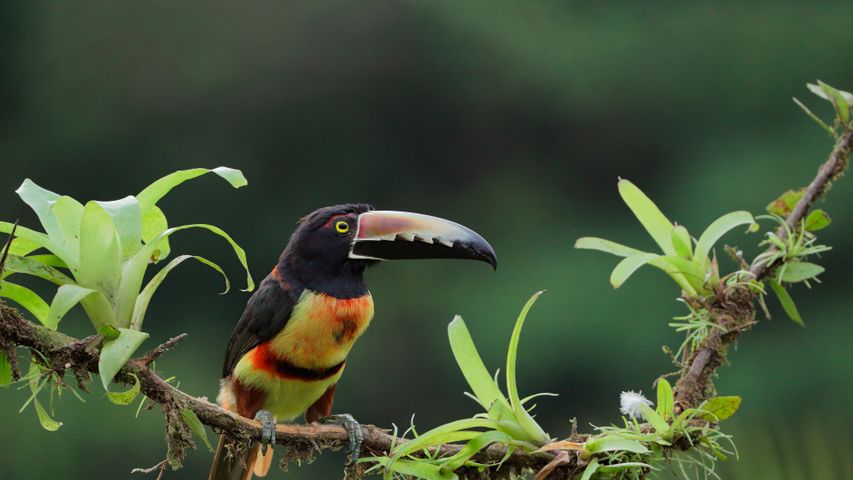 Collared aracari, Costa Rica
Collared aracari, Costa Rica

